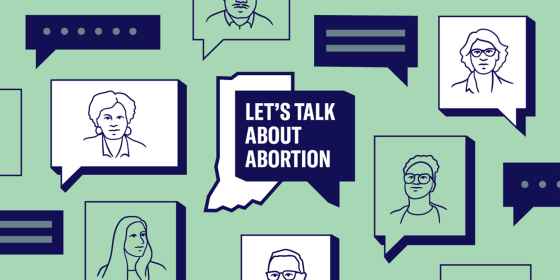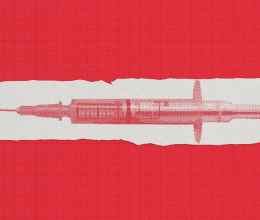An Indiana county has taken a retroactive step, approving a pay-to-stay policy that will likely send people who are incarcerated hurling back into the criminal justice system by loading them with debt. Pay-to-stay policies involve inmate fees charged by jails and prisons while people are incarcerated, locking people in cycles of imprisonment and debt. Not only are these pay-to-stay programs fiscally impractical, they perpetuate mass incarceration.
The Clinton County Sherriff proposed an ordinance recently passed by county commissioners, implementing pay-to-stay fees of up to $30 a day.
Eventually, prisoners in Clinton County will be released into society, and it is in everybody’s interest to enable these individuals to reintegrate into society and become productive citizens. Adding a bill of over $10,000 per year makes it that much harder to re-enter society. People who have been incarcerated already face gaps in their work histories that make finding employment difficult, and securing housing a challenge. Charging prisoners for their own incarceration will increase the already prominent economic and racial disparities in our criminal justice system.
These programs are also simply an ineffective way to reimburse taxpayers for the expenses of running correctional facilities. A pay-to-stay program in Ohio for example, was found to be “a complete failure.” According to the Sheriff of Cleremont County, Ohio, “when it came time to collect the pay-to-stay, it ended up costing almost as much if not more to run the program.” With these programs, even if an individual is deemed capable of paying when they are admitted, many of those individuals become impoverished as a result of their incarceration.
These individuals are unable to work. While incarcerated, they may still have obligations to pay for housing for their families, or for child support, all while not having an income. Pay-to-stay fees can send people back into the criminal justice system by loading them with debt that makes it that much harder to return successfully to our communities.
As the mass incarceration crisis has heightened over the past decade, several states and counties have taken actions to reduce jail and prison populations and their resulting costs. But while the national state imprisonment rates started to decline between 2000 and 2016, Indiana’s imprisonment rate grew 18 percent. If public officials are looking for a way to cut spending on incarceration in Indiana (and they should), they must focus on policies that decrease the number of people behind bars. If Indiana were to achieve a 50% reduction in its prison population, the state could save more than $541 million by 2025 — money that could be better spent on schools, infrastructure and services for Hoosiers.
According to the ACLU of Indiana Smart Justice Blueprint, 56 percent of people in Indiana’s jails in 2018 had not been convicted of a crime. Counties could realize significant savings by limiting pretrial detention to the rare case where a person poses a serious, clear threat to another person, rather than keeping thousands of non-convicted individuals behind bars – drastically cutting county jail populations.
If we are to solve our mass incarceration problem, it must be through sending fewer people to jail, not balancing our budgets on the backs of low-income people. Hoosiers must stand up against public officials who continue to take Indiana backwards. We must demand they address the root causes of a dysfunctional criminal justice system.



